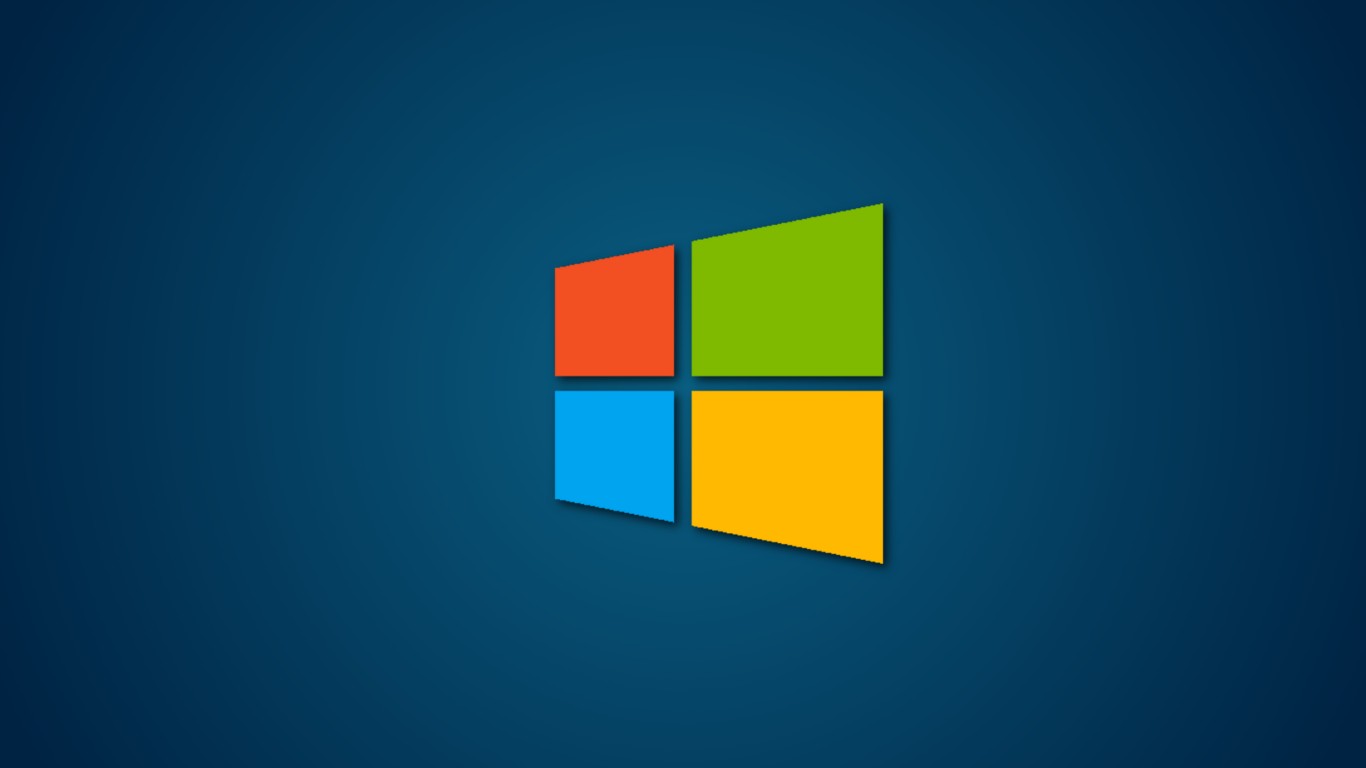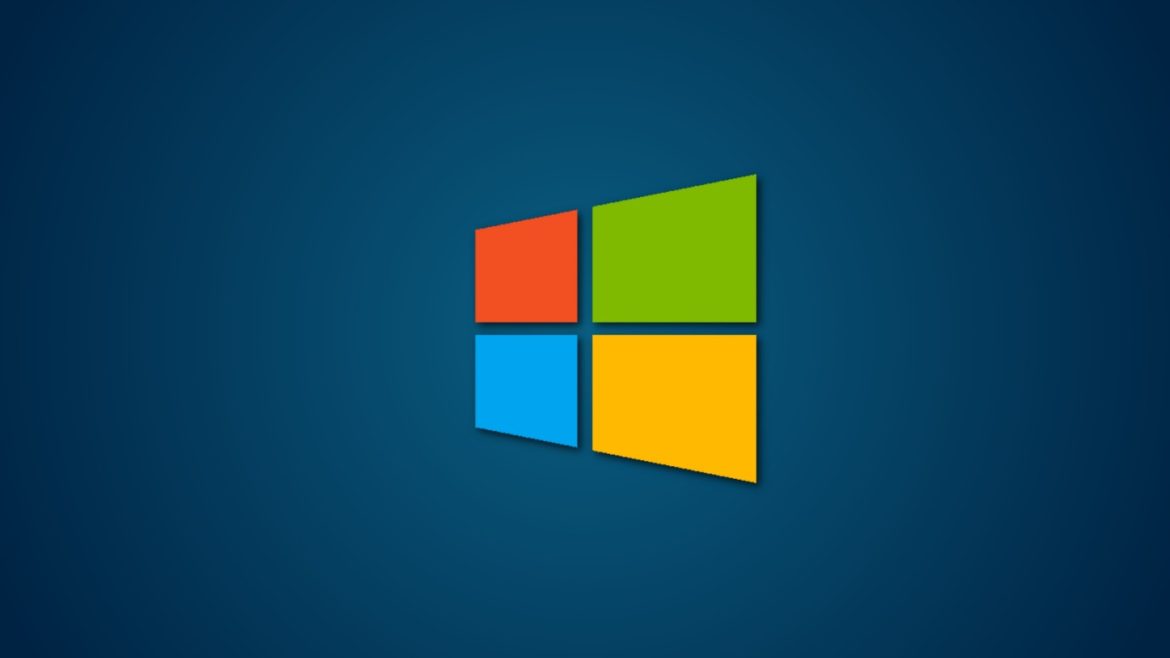Why does Windows 10 keep resetting my desktop icons?
In most cases, the “Windows 10 desktop icons move” problem seems to be caused by an outdated video card driver, defective video card or obsolete, corrupted, or incompatible drivers, corrupted user profile, corrupted icon cache, etc.
How do I fix my desktop icons that disappeared in Windows 10?
Steps to Recover Missing or Disappeared Desktop Icons: Right-click on a space on your desktop. Click the “View” option in the context menu to expand the possibilities. Make sure “Show desktop icons” is checked. You should immediately see your icons appear.
How do I get my desktop icons back to normal?
Follow these steps to restore these icons: Right-click on the desktop and click Properties. Click the Desktop tab. Click Customize Desktop. Click the General tab and then click the icons you want to place on the desktop. Click OK.
Where have my desktop icons gone in Windows 10?
Right-click in a space on your desktop and navigate to the View tab at the top. On the View tab at the bottom, check Show desktop icons.
Why do my desktop icons change appearance?
LNK files (Windows shortcuts) or. This issue usually occurs when installing new software, but previously installed applications can cause it. A file association error generally causes the problem.
Why are my icons spaced?
If you find an irregular spacing between your display icons, this method may solve the problem. Hold the Ctrl key on your keyboard and move the mouse scroll wheel to resize the icons. Alternatively, resize icons using “Ctrl key + mouse button” combinations.
Why did my desktop disappear from Windows 10?
The Windows 10 desktop icon is missing if you have enabled tablet mode. Open “Settings” again and click “System” to open the system settings. Click on “Tablet Mode” in the left pane and disable it. Close the Settings window and check whether your desktop icons are visible.
How do I restore my desktop on Windows 10?
Follow these steps to recover a file or folder that has been deleted or renamed: Click the computer icon on your desktop to open it. Please navigate to the folder that contained the file or folder, right-click it, and then click Restore Previous Versions.
How do I restore my icons in Windows 10?
Step 1: Open Desktop Icon Settings. Click the Search button on the taskbar, type the desktop icon in the empty box, and tap Show or hide common desktop icons from the list. Step 2: Restore the changed desktop icons to the default icon. Choose a changed desktop icon (e.g., Network) and tap the Restore Default button.
How do I fix my desktop icons instead of the same icon in Windows 10?
3 Answers Enter the Windows+R key and type regedit. In the run box. 2, Navigate to HKEY_CURRENT_USER\softwaremicrosoftwindowscurrentvershionexplorerfileExts 3. search for. Link ext. Clear all. Link key or remove the user-select key on it—just reboot.
Can I lock my desktop icons in place in Windows 10?
Windows does not have a feature that locks the desktop icons. However, you can disable the “Auto-Arrange” option so that Windows doesn’t automatically reorganize your desktop icons whenever you add files to the desktop.
Why have my Microsoft icons changed?
Suppose the icons have changed after you restarted Windows. In that case, the following may be true: The icon cache (Here Windows keeps copies of each icon.) is not updated correctly, corrupted icon database or icon layouts are not saved on Windows restart.
Why are my icons so big in Windows 10?
Windows 10 text and icons are too large – Sometimes, this problem can occur because of your scaling settings. If so, try adjusting your scaling settings and see if that helps. Windows 10 Taskbar Icons Too Big – If your taskbar icons are too big, you can easily change their size by adjusting your taskbar settings.
What is the default icon spacing in Windows 10?
After you log out or restart your system, you can see the changes made to the icons on the desktop. The default value is -1125. You can change this to anything between -480 and -2730, where -480 represents the minimum, and -273,0 represents the maximum distance. Click OK to save the changes and close the Registry Editor.
Why are my icons so big?
For additional size options, place your mouse cursor on the desktop, hold down the Ctrl key on your keyboard, and scroll up or down with the mouse wheel. The mouse wheel shortcut gives you extra control over resizing your icons, shrinking or enlarging them much more than you could otherwise.
How do I go back to the desktop in Windows?
Hold down the Windows key and press the D key on your physical keyboard so that Windows 10 minimizes everything and shows the desktop. When you press Win + D again, you can return to where you were original. This method only works if you have a physical keyboard connected to your computer.
How do I recover my documents in Windows 10?
Restore the default path for My Documents Right-click My Documents (on the desktop), then click Properties. Click Restore Default.
How do I get my icons back?
Step 1: Open the “Apps” or “Applications” in your Settings menu. Step 2: Tap the app whose icon you want to see again. Step 3: If you see a button that says “Enable/Start”, this is probably the cause of your problem. Tap “Enable/Start” to get your icons back again.
How do I restore default files and icons in Windows 10?
Here’s how to reset file associations in Windows 10. Open Settings. Navigate to Apps – Default apps. Scroll to the bottom of the page and click the Reset button under Reset to Microsoft Recommended Standards. This will reset all file types, and protocol associations to the Microsoft recommended defaults.
How do I fix my desktop icons instead of the same icon?
First, click the “Start” button and then click “Computer”. Now click on “Organize” and “Folder and Search Options”. Then click “View”, uncheck “Hide extensions for known file types” and “Hide protected operating system files (recommended),” and check “Show hidden files, folders, and drives”.
